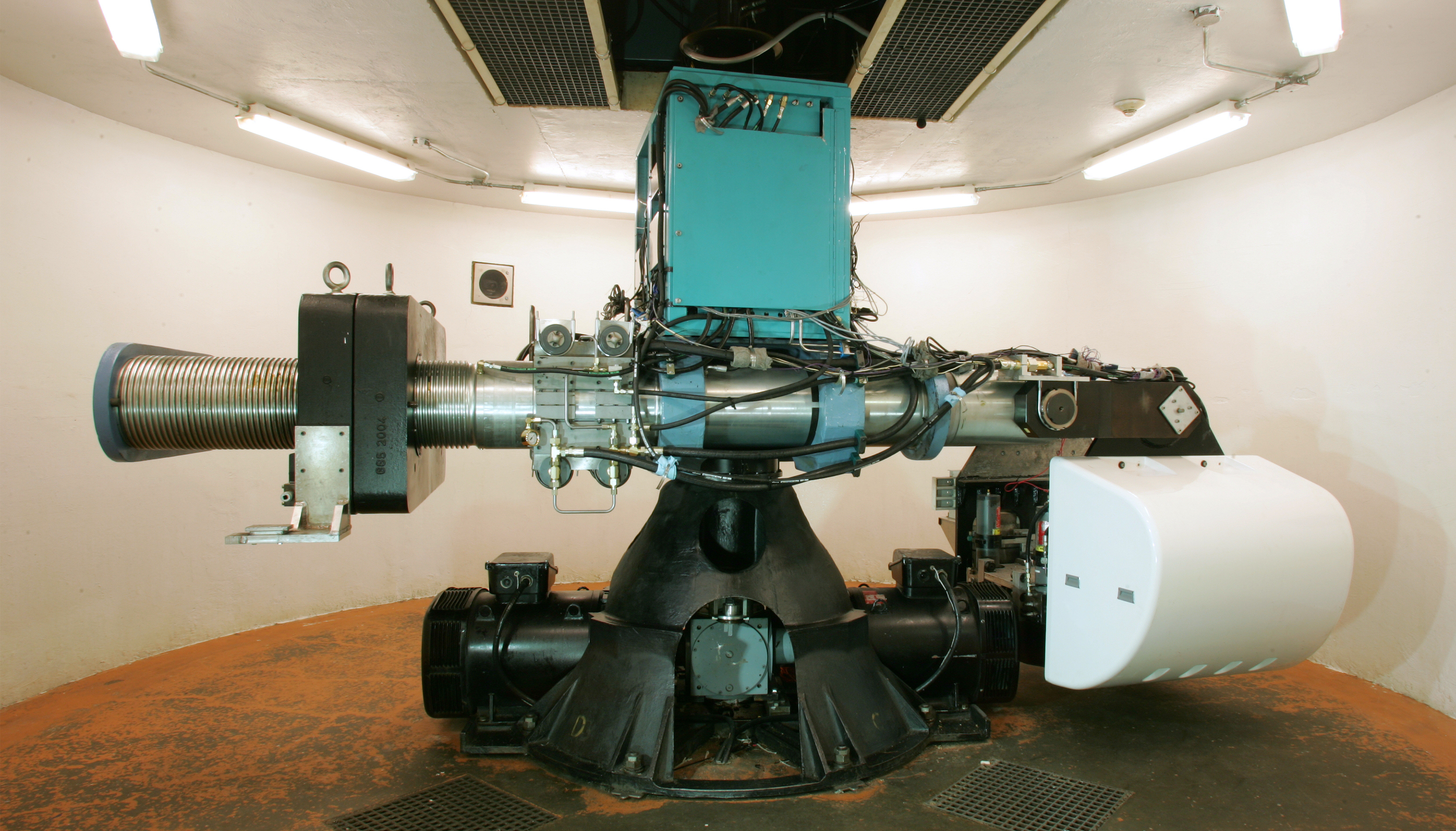By Sanchari Halder, Ph.D. candidate in geotechnical and geoenvironmental engineering
Imagine you’re holding a stick. If you want to know how strong it is, all you have to do is apply some force and try to break it. But how do we check the durability of a building? How do you know that the building you’re sitting in right now is safe against deadly earthquakes like we saw earlier this year in Syria or Turkey?
We can’t be sure. We can take safety measures, but we simply cannot test a real-life structure in a lab.
Fortunately, there is a way to physically scale down real-life structures to test them in a lab using a machine called a geotechnical centrifuge. The centrifuge at Rensselaer Polytechnic Institute (RPI) is a huge machine. Its seven-meter-long arm rotates in a circular motion, so if you spin this mass 10 times faster than the speed of gravity, it will create a forcefield for a mass 10 times larger than the original.
My research has to do with examining the effect of earthquakes on retaining wall systems. Retaining walls are walls that literally retain a backfill or soil mass against collapsing to a lower elevation. Dams and sea walls are good examples of retaining walls.
I built a model at RPI, and I fastened my model at one end of the arm, creating a mass. Then I spun the centrifuge 23 times faster than the speed of gravity, so it would create a force field for a model 23 times larger than my original. Then I apply my earthquake motion. With each wave the backfill tries to push my wall toward the lower elevation.
After the earthquake, my job is to observe. Has my wall completely failed, or has it gained some permanent displacement? In this way, testing any life-size structure in the lab against earthquakes for any possible damage can possibly save lives.
The content of this post, which has been edited for clarity, was originally part of RPI’s Three Minute Thesis Competition, which challenges doctoral students to effectively explain their research to a general audience in three minutes.




